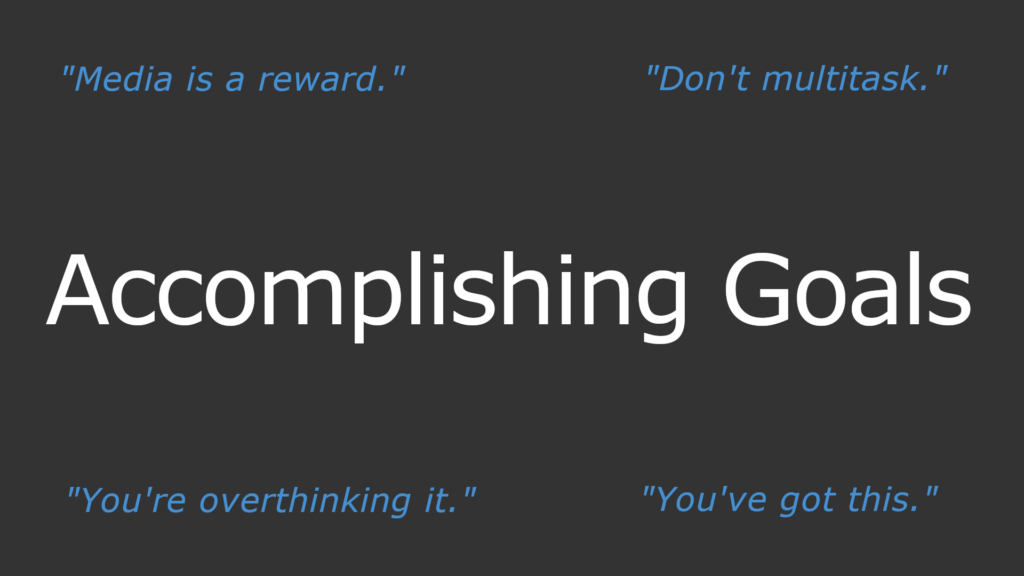User
experience matters. Great functionality wrapped in a poor experience is
useless.
When
Steve Jobs passed away, fans of Apple and all of its offerings reacted as
though they had lost a member of their own family. You could not turn on the
news or glance at social media without seeing countless public displays of
mourning. The interesting thing though, is the overwhelming majority of these
people whose despair was so real and so evident had never met the man.
Why
did they care so much?
Why
did everyone care so much about a man that they had never met? Corollary to
that, why do you see many less Apple bumper stickers now than you did ten years
ago? In answering that, I thoroughly recommend watching some of the
documentaries out there on Netflix and otherwise regarding Steve Jobs. Man in the Machine is
quite good, but there are others and all are worth watching. One thing you’ll
notice as you dig into the topic are opinions that Steve Jobs was not as
beloved amongst those that knew him closely as he was amongst the Apple
fanbase. There are plenty of stories out there. I don’t want to recap things
that I wasn’t present for second-hand, as plenty of other people have.
But
why society cry for this man’s death?
What
Apple created under his watch had so much soul and so much elegance to it that
people formed what they felt were tangible bonds with the products that they
paid top dollar for. He formed these bonds by achieving a level of
understanding of the art of user experience that I’m not even sure Don Norman
— author of the Design
of Everyday Things which is widely considered the user experience bible —
can claim. Unboxing an iPod felt like you were part of a special club. The
devices just seemed to work, and always seemed to somehow know what you were
trying to do, as if the designers had thought of every single person and every
single possibility.
We
all use software. Whether it’s the dashboard on your car, the email app on your
phone, or the enterprise system you use at work, software is everywhere. The
vast majority of software is clunky and hard to use, but very functional. Very
rarely will you encounter a product that works so well that it inspires true
positive emotion. The fact is, people want the software to get them where
they’re going without too much thought or effort, and if you boil everything
down to that simple fact, the decisions on how to structure the software start
making themselves.
(1) Users Aren’t to Blame
User blaming is effectively blaming the victim of bad design. If a user does something that you consider unintelligent, it’s important to remember that the user should not be expected to be an expert and should not be expected to be a software engineer. Software is a tool, it’s made to improve the quality of life in some way, shape, or form. It’s not meant to be an academic experience – users should not require PHDs in your product.
Software engineers are notorious for blaming the user. In the past, I was the worst offender of it. “Well why did they do that?” I would lament.
They
did that because your software didn’t
stop them or warn them of the consequences. It’s not something to get defensive
about, it’s just something to fix. Bad design should be treated like any other
software defect. That starts with the admission that if people can’t figure out
how to appropriately use your software, that is your fault. Having good
documentation is helpful, but what’s much better is a self-documenting user
interface that doesn’t require the user to take so many extra minutes reading
documentation. It’s important to have good, detailed documentation, as long as
you understand that nobody really wants
to read it. It’s just the best option they have for solving their current
problem – similar to the manual that arrives with your new toaster.
Don
Norman frequently tells a story regarding 3 Mile Island. The idea is that the
control room in the nuclear facility was about as complicated as it could
possibly be. When it’s so difficult to quickly gather critical information from
your user interface, it’s surprising that a disaster hadn’t happened sooner.
All of the information can be readily available, but it has to be in a format
that a human being could reasonably be expected to operate with. Luckily, when
most of us are designing interfaces there aren’t lives on the line, but if you
design your product with the mindset that usability and approachability is
life-and-death then the improved experience will resonate with your users.
(2) Reduce, Reuse, Recycle
The
main problem with the vast majority of software packages is the learning curve.
This makes complete sense, as those developing the product work with it every
day and therefore build up strong muscle memory regarding the basic flow and
operations within. In this sense, it’s important to remember that every person
using your product will have used it for the first time at one point. As the
old saying goes, you most certainly do not get a second chance at a first
impression.
Consistency
in experience is key. A product developed without standards will inevitably
become very hard to use. It’s not an if, it’s a when. The most important
standard that can be imposed is limiting the overall number of design elements
present in the product. One person or small team should be responsible for the
design of these overarching elements, and those building the product should be
restricted to using only those elements. Engineers should be encouraged to make
suggestions or requests, but should never make executive choices without
approval. It’s a challenge to do this without stifling creativity, however if
done correctly a balance of innovation and usability can be struck.
Too
many software products with great functionality suffer because there is no
consistency from area to area. This is typical when every engineer is making
differing decisions about how to solve the similar problems. Taking an example
software product, one form may have tabs across the top and buttons on the
bottom left, while another may have tabs down the left and buttons across the
top. Differing fonts, colors, input sizes, behaviors of buttons, etc. All of
this makes for a very disjointed user experience.
At
work (Deacom), we have a very controlled set of objects. Every entry field in
the system is the same size and has the same behavior. Every function, from
formulation to order entry, has the same flow. Every editing form has the same
standard buttons and functionality — same with every on-screen report. Even
though we have almost 1,000 forms / screens in the system, users (internal and
external) know what to expect no matter where they land in the system and
developers know what to expect when they’re building it.
(3) Key Performance Indicators (KPIs)
Value
needs to be placed on every single detail of a product in order to drive the
type of experience that can take the success of a product to the next level.
It’s easy to cut costs on things like Research & Development and Quality
Assurance up front, but when those decisions are made, the people making those
decisions are setting a ceiling for success. If you want to reach anything
close to iPod / iPhone levels of adoration, however, a higher level of effort,
engagement, and yes — cost, is required. Take some time to use your product.
Really use it, and ask yourself measurable questions every step of the way.
Additionally, put your product in front of some people who have never used it
and ask them the same questions. The answers to these questions will form your
usability KPIs.
Some of the questions I ask are:
- How many interactions did
that process take to navigate?
- How many seconds did it take
to load or execute?
- What percentage of the
interactive objects present can you describe the purpose of?
- Scale of 1 to 10 — Does this
look objectively good?
Take the time to ask these and other, more tailored questions of your product while also asking them of other products you use. Look for industry trends. Figure out what you like and don’t like in everything you use. Use those measurements and observations to determine clear goals, on a monthly or quarterly basis, to iterate towards a better product.
(4) Encourage Feedback
With
any service, and software is no different, customer feedback should be
encouraged. Organizations that repress or don’t prioritize proper feedback
loops with their users will fail to recognize critical shortcomings and
ultimately be surpassed by their competition. We live in a Yelp day and age,
where reputations and stories are available at a keystroke. It’s critical to
address negative customer experiences before they end up as negative stories
that can ruin your reputation.
Responding
to feedback can be difficult because it doesn’t always fit in with where the
product is currently going; however, it’s important to understand what the
customer is trying to do something that is important to them and to keep an
open mind regarding potential solutions to the problem. Many of the best ideas
that arise when designing a product originate from grass roots customer
experience stories rather than traditional R&D.
If
the feedback is a simple misunderstanding, the ability to communicate this
clearly back to the user is key. It can’t stop there, however. If a customer
misunderstood how to use the product, there is a root cause in the design of
the product that must be addressed, otherwise this flaw will continue to spawn
additional bad feedback in the future. Bad feedback that can easily be
considered sunk labor cost and sunk opportunity cost alike.
I’m
not sure if or when a product will captivate people the way the iOS devices in
the 2000s did. Tesla has had a pretty strong following at times in recent
years. I’m personally a huge fan of some of the things happening at Microsoft
currently under Satya Nadella. Who knows? When the audience of a product is so
bought in that they openly mourn when its creator is gone, that’s something
incredibly special. It may never happen in the same way again.

